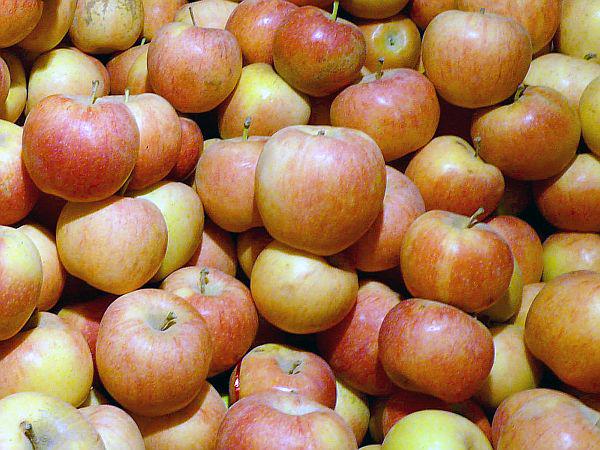
Slovenia’s Kočevska region is known for its vast primeval forests and abundant wildlife. Recently, however, it is gaining increasing attention for a most unusual reason - the quality and diversity of its apples.
The story began in the 15th century when makers of local woodenware were given rights to sell their products throughout Central Europe and beyond. Over the centuries, many returned from their journeys with various apple seedlings, which they planted in their orchards. The result was an exceptional diversity of apple varieties that, eventually, even led to the emergence of brand-new cultivars unique to the region. The local ethnic Germans – the Gottscheers – owned a large number of orchards, and they became known as particularly capable farmers. They carefully-tended apple groves were the pride of their villages and became known far and wide for their fruit.
Then, during World War II, tragedy struck the region. As part of his plans to reconfigure Europe, Adolf Hitler had the Gottscheers expelled. After the war, the Communist authorities prohibited them from returning. The government ordered many of the remaining villages to be destroyed, and countless orchards were left abandoned.
After the fall of Communism in 1990, August Gril of the Gottscheer Association invited foreign scientists to study the abandoned orchards. The researchers could hardly believe their eyes. Elsewhere in Europe, indigenous varieties of apple trees had largely been replaced over the years by those more suitable for large-scale growing. In Kočevska, however, the unique history of the area helped many ancient varieties to survive – and thrive. Scientists were impressed not just by the diversity of apple trees, but also by the quality of the fruit. The absence of human care since World War II meant that only the best and most resistant varieties of apples trees survived. Some of their fruits have seven times as many healthful antioxidants as store-bought varieties.
The discovery prompted the Gottscheer Association, which was set up to preserve the heritage of the region, to set up a “gene bank” – a protected orchard in which various cultivars of traditional Kočevje apple trees are grown. Many trees have already been planted, and the European Union has even chipped in to help fund the project.
Meanwhile, local apples are being used as a key ingredient of “kostelska rakija,” a local brandy that has officially been protected by the Slovenian government. The brandy can only be sold under this name if it is produced using traditional methods – and made out of the very special apples that have grown in the region for centuries.

































































